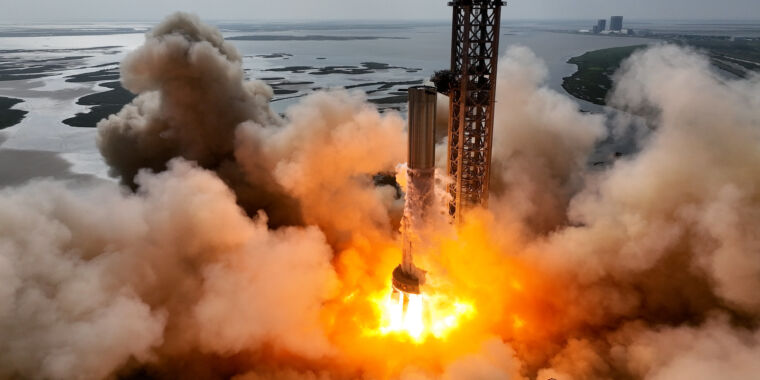Silencer1
That now I am the Ruler of the Queen's Navee!
- Joined
- 3 August 2009
- Messages
- 897
- Reaction score
- 582
Hi!
I'm not space specialist, so my question definitely amateurish - I try to understand, what's reasons for use on proposed SpaceX Heavy launcher the a large number (~28) of engines for first stage?
In the times of "Moon Race" Saturn V has been equipped with just 5 engines and works well.
Soviet N-1 launcher has been based one quite complex arrangement of 30 NK-15 engines, controlled by KORD system.
All N-1' launch attempts have failed, due to various reasons, including KORD misfunction.
Of course, it hasn't be sole reason of N-1 fate, so the question is: what's advantages and disadvantages have Starship' first stage due to it's powerplant configuration?
Thanks in advance for your's opinions.
P.S. And it's very fun to find such "Starship User Guide"
I'm not space specialist, so my question definitely amateurish - I try to understand, what's reasons for use on proposed SpaceX Heavy launcher the a large number (~28) of engines for first stage?
In the times of "Moon Race" Saturn V has been equipped with just 5 engines and works well.
Soviet N-1 launcher has been based one quite complex arrangement of 30 NK-15 engines, controlled by KORD system.
All N-1' launch attempts have failed, due to various reasons, including KORD misfunction.
Of course, it hasn't be sole reason of N-1 fate, so the question is: what's advantages and disadvantages have Starship' first stage due to it's powerplant configuration?
Thanks in advance for your's opinions.
P.S. And it's very fun to find such "Starship User Guide"


